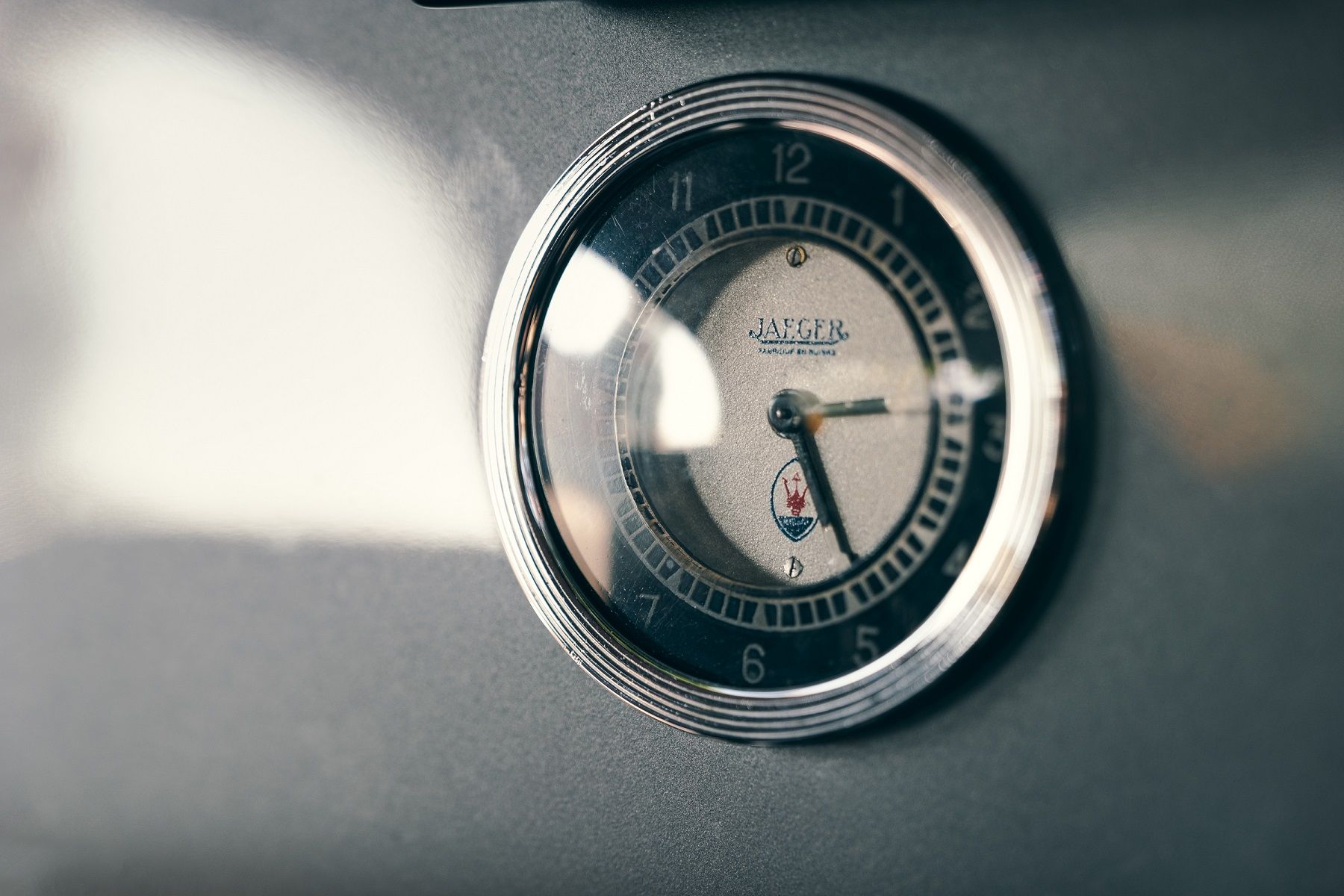Maserati A6 1500: The Car That Defined The Concept Of Grant Touring GTs
Images: Maserati
It all began 75 years ago with the Maserati A6 1500, a model with a revolutionary spirit, the forerunner of a class of car that had never been seen before. It would go on to influence the automotive landscape all over the world, and successive generations of Maserati road cars.

In March 1947, the Geneva Motor Show witnessed the launch of the first Gran Turismo in history: the Tipo A6 (taking its name from the project), better known as the A6 1500 Gran Turismo.
Accorded an enthusiastic welcome by professionals and the public, the Tipo A6 represented the first step in a story in which Maserati played an important role over the decades. No doubt the brand has held true to its hallmark of elegance and high performance, ubiquitous in every model in the current range too.

The history of the A6 1500 dates back to even earlier than 1947.
It actually goes all the way back to 1941 and the design of a saloon with a fixed head engine and twin camshaft, which had to be a close descendant of the 6CMs, if of course revisited with Gran Turismo in mind. The upshot was an outstanding engine with a maximum output of 65bhp, with its single Weber 36DCR carburettor giving the car a top speed of 150 km/h.

The project was named A6: A for ‘Alfieri’, 6 for the number of cylinders.
It also featured independent wheel front suspension, with oscillating trapeziums and coil springs, rigid beam with leaf springs in the rear, hydraulically controlled brakes, and disc wheels (spoked on request), with a 3.5” channel, 16” in diameter, and 5.50–16 tyres.

Intended for the Geneva Motor Show, the first model was produced in February 1947 by the Pininfarina bodyshop, bearing its characteristic mechanically operated retractable inside headlights. However, the clearest innovation from the past was its tubular chassis with circular cross-section components, to adopt some of the most fashionable trends at the time.




Not only was it the retractable headlights and chassis that would attract the attention of the public in Geneva, but also the plexiglass sunroof and a bonnet that could be raised from both sides or removed.
Resounding compliments and awards quickly led to the decision to give the green light for production, albeit with certain changes from the prototype. These included the restoration of more conventional lights, framed in chrome plating. The Extra Lusso version also featured a new, more modern grille and larger side windows.

Production of the A6 1500 Gran Turismo continued until 1950, with a cosmetic update taking place in 1948. Pininfarina would also make further changes to the bodywork: the embossed trim was removed from the front fenders, and two rear seats were added to the cabin.




Despite the relatively limited number of units produced, 58 over its four years, the A6 1500 was a milestone in Maserati history. At that point, the brand began to establish itself as a producer of tailor-made, high-quality road cars, with sport in its DNA. The glorious Pininfarina-designed bodywork would then go on to inspire successive generations of Maserati cars: a high-class, timeless design that continues to resound to this day in the current range and will take the brand forward into the future.

Comments
Sign in or become a deRivaz & Ives member to join the conversation.
Just enter your email below to get a log in link.

